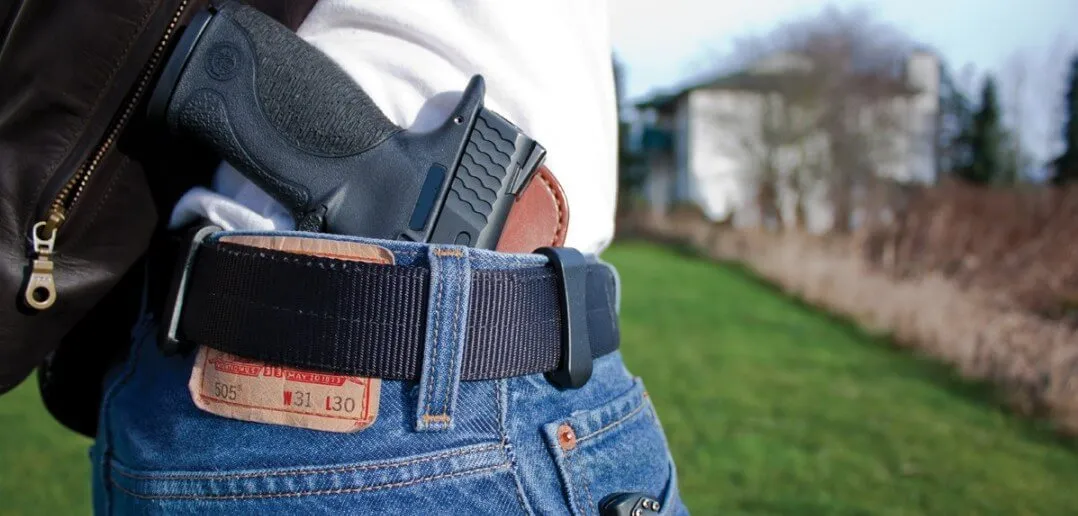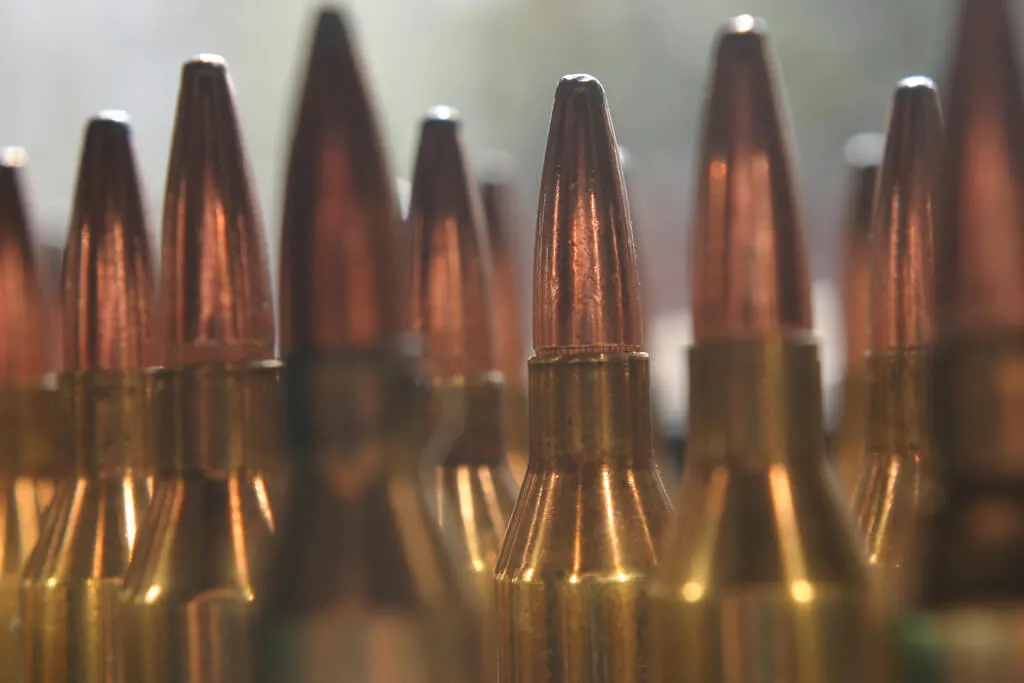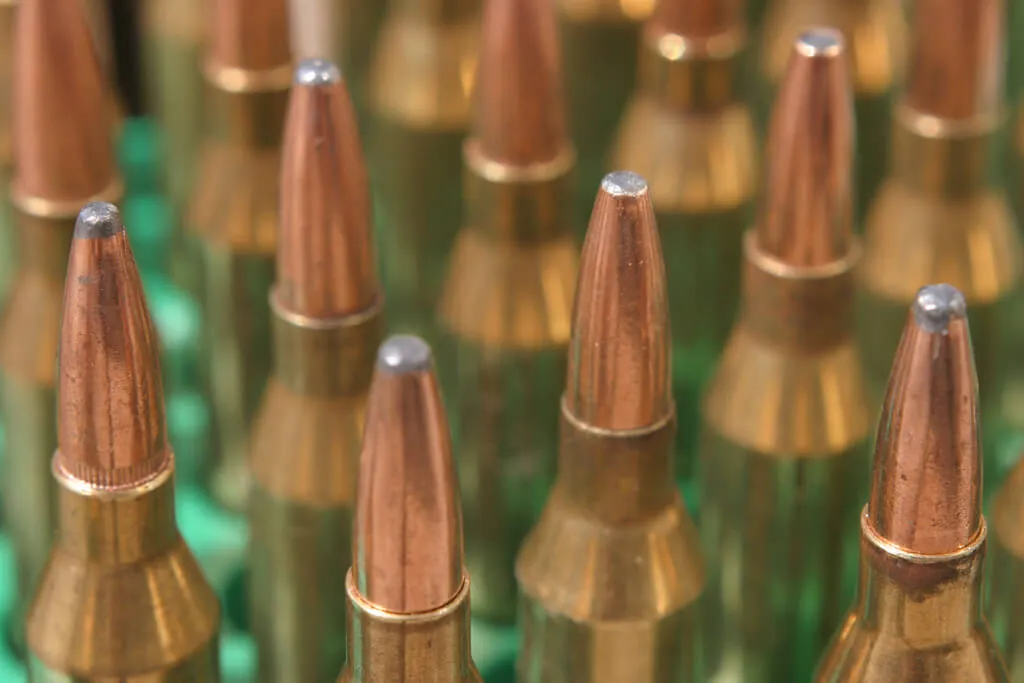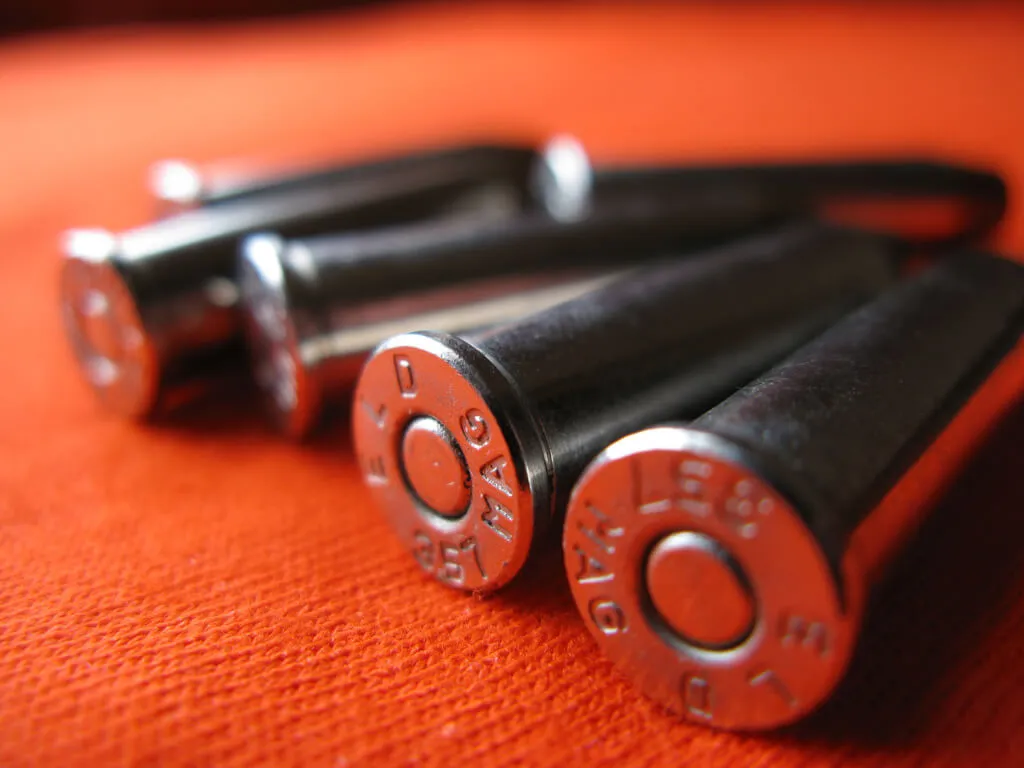Anyone who uses firearms needs to have a full understanding of their anatomy, capabilities, and power. It's also crucial to know how to discharge firearms safely, how to maintain them, and how to store them.
This is why we've compiled this glossary which includes all of the important terms that pertain to firearms. Gun owners can also check the resources at the end to learn more about gun safety and maintenance.
Glossary
- Action - The action is the part of a firearm that loads, fires, and ejects the cartridge.
- AFTE - AFTE stands for the Association of Firearms and Tool Mark Examiners.
- Ammunition - Ammunition is the cartridges that include a primed case, propellant, and projectile.
- Barrel - The barrel is the metal tube that a projectile moves through after firing.
- Base - The base is the part of the cartridge case that houses the primer.
- Ballistics - Ballistics is the study of a moving projectile after it leaves the barrel of a firearm.
- Black powder - Black powder is an older type of gunpowder that contained nitrate, charcoal, and sulfur.
- Bolt - The bolt is the supporting mechanism on some firearms that has a firing pin, extractor, and possibly an ejector.
- Bore - The bore is the inside of the barrel.
- Brass - Brass is a slang term that refers to fired cartridge cases.
- Breech - The breech is the end of the barrel that attaches to the action.
- Breech face - The breech face sits around the firing pin.
- Buckshot - Buckshot is the pellets typically loaded in shotshells.
- Bullet - Bullets are the projectiles that eject from firearms.
- Bullet wipe - The bullet wipe is the area around a bullet hole that happens due to bullet lubricant, lead, smoke, and debris.
- Butt - The butt is the part of the firearm that you hold or place against the shoulder.
- Caliber - The caliber is the diameter of the bore, typically expressed in hundredths of an inch.
- Cannelure - The cannelure is the groove around the circumference of a bullet, used for crimping, lubricating, and identification.
- Cartridge - A cartridge is a unit of ammunition that includes the cartridge case, primer, powder, and bullet.
- Cartridge case - The cartridge case is the container for all of the components that make up a cartridge.
- Centerfire - The centerfire is the center of the case head of the cartridge.
- Chamber - The chamber is the part of the action that holds the cartridges.
- Choke - The choke is the inside constriction of the shotgun bore, situated at the muzzle and designed to control the pattern of fired shots.
- Class characteristics - Class characteristics are the features of a specimen that indicate the restricted group source.
- Clip - A clip is a separate cartridge container used to quickly reload a firearm magazine.
- Cock - To cock a firearm is to place the firing mechanism under spring tension to fire it.
- Comparison microscope - A comparison microscope features two microscopes that are connected to an optical bridge, enabling the user to view to objects at the same time with the same magnification.
- Cylinder - The cylinder is the part of a revolver that holds the ammunition.
- Discharge - Discharging a firearm is firing it.
- Double-action - A double-action trigger cocks the hammer and fires it.
- Ejector - The ejector of a firearm ejects the cartridge.
- Extractor - The extractor of a firearm withdraws a cartridge from the chamber.
- Firearm - A firearm includes the action and barrel, used to discharge a projectile.
- Firearms identification - Firearms identification is a discipline of forensic science that determines if ammunition was fired from a specific firearm.
- Firing pin - The firing pin strikes the primer of a cartridge to initiate ignition.
- Firing pin impression - The firing pin strikes the cartridge case, causing an indentation.
- Forensic science - Forensic science is the scientific examination of physical evidence, used in courtrooms.
- Gauge - Gauge describes the diameter of a shotgun barrel.
- Griess test - The Griess test is a test to detect nitrites, which are residues that collect around bullet holes.
- Grip - The handle of a shotgun is the grip.
- Gunpowder - Gunpowder is the powder used in ammunition as the propellant charge.
- Gunpowder residue - The unburned gunpowder is left behind as a residue.
- Gunshot residue - All of the residues from firing a firearm collect as residue.
- Hammer - The hammer strikes the firing pin to detonate the gunpowder.
- Hammer block - The hammer block keeps the firing pin and hammer separated as a safety mechanism.
- Headstamp - The headstamp consists of numbers, letters, and symbols and is stamped on the head of a cartridge case to identify where it was made.
- Individual characteristics - Individual characteristics are marks produced by using tools, which distinguish tools from other tools.
- Ignition - Ignition involves lighting gunpowder.
- Lands and grooves - Lands are the raised areas between grooves inside the barrel.
- Magazine - The magazine stores cartridges for a repeating firearm.
- Magnum - The magnum is a type of cartridge with more powder, which increases the energy of the fired bullets.
- Muzzle - The muzzle is the end of the barrel where the bullet exits.
- Pellet - Pellets are small, round projectiles.
- Pistol - A pistol is another name for a handgun.
- Powder - Powder is the propellant in a cartridge.
- Primer - The primer is the explosive material that ignites when struck.
- Projectile - The projectile is the item that is propelled by the firearm.
- Pyrodex - Pyrodex is a brand name of a type of black powder.
- Recoil - The recoil is the backward movement that happens after firing a firearm.
- Reload - Reloading a firearm involves reassembling the components.
- Receiver - A receiver is a type of firearm that includes the firing and breech mechanism.
- Revolver - A revolver is a handgun with a cylinder that has holes to hold the cartridges.
- Rifle - A rifle is a firearm that is fired from the shoulder.
- Rifling - Rifling describes the spiral grooves inside a gun barrel that make the bullets spin.
- Rimfire - Rimfire describes the primer distribution around the periphery of the base of the cartridge.
- Round - The military refers to cartridges as rounds.
- Safety - The safety on a firearm prevents firing.
- Shotgun - A shotgun is a long gun fired from the shoulder.
- Shotshell - A shotshell is a cartridge designed to be fired from a shotgun.
- Sights - Sights on top of a barrel help with aiming.
- Silencer - A silencer can fit onto the muzzle of a firearm to muffle the sound it makes when firing.
- Single-action - A single-action hammer has to be manually cocked every time before pulling the trigger.
- Slug - A slug is a single projectile in a shotshell.
- Smokeless powder - Smokeless powder is the modern gunpowder that smokes less than black powder.
- Sodium Rhodizonate test - This test detects particulate lead or lead vapor around a bullet hole.
- Stock - The stock is the frame that holds the barrel and action.
- Striation - Striation is the parallel contours caused by force and motion.
- Submachine gun - A submachine gun is a short-barreled automatic firearm.
- Tool - A tool is any object used for a mechanical advantage.
- Toolmark (impressed) - An impressed toolmark is the impression left behind after placing a tool against a hard object.
- Toolmark (striated) - A striated toolmark is the mark left behind after moving a tool against and across a softer object.
- Trajectory - Trajectory describes the curved path of a projectile between muzzle and target.
- Trigger - The trigger is the firearm mechanism that the user moves to discharge the firearm.
- Wad - The wad is assembled and placed into the head end of the shotshell.
More Reading
- Anatomy of Firearms
- Automatic Rifles: The Mechanics and a Brief History (PDF)
- Pistol Study Resources (PDF)
- Anatomy of a Cartridge
- Firearm Safety
- 10 Commandments of Firearm Safety (PDF)
- Gun Safety Rules (PDF)
- Cleanliness: A Guide to Firearm Maintenance
- How To Care For A Firearm
- Gun Cleaning 101
- All About Gun Ammunition
- How You Actually Need To Store Your Guns
- 6 Ways To Safely Store Your Firearms
- How to Store a Gun for Home Defense
- An Intro To Concealed Carry Insurances
- Gun Safety in the Home
- Learn More About Different Types of Guns
- Gun Safety: Prevention Tips for Parents
- Learn About Firearms Safety and Security














